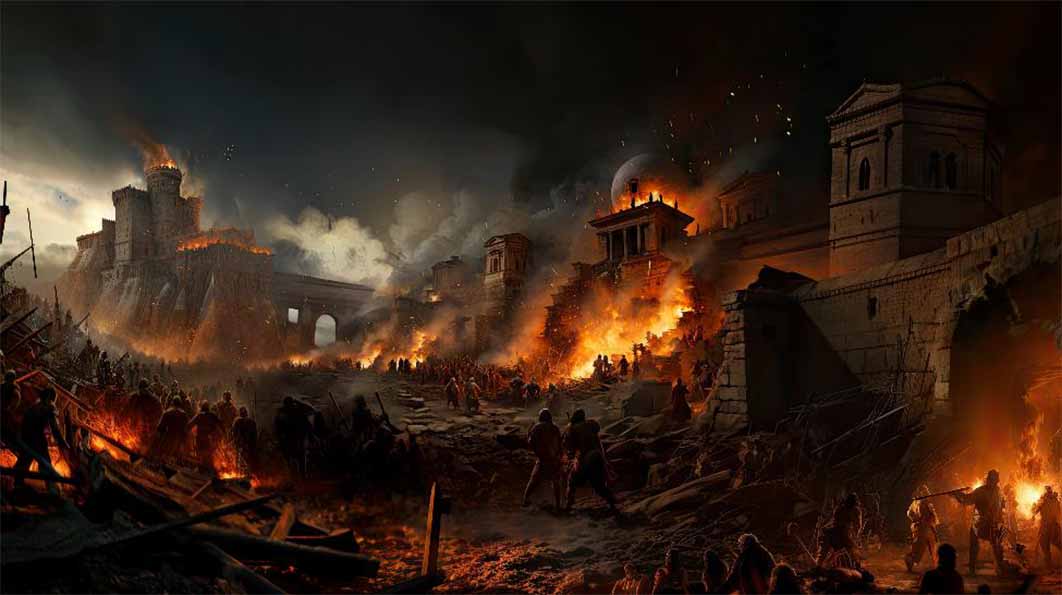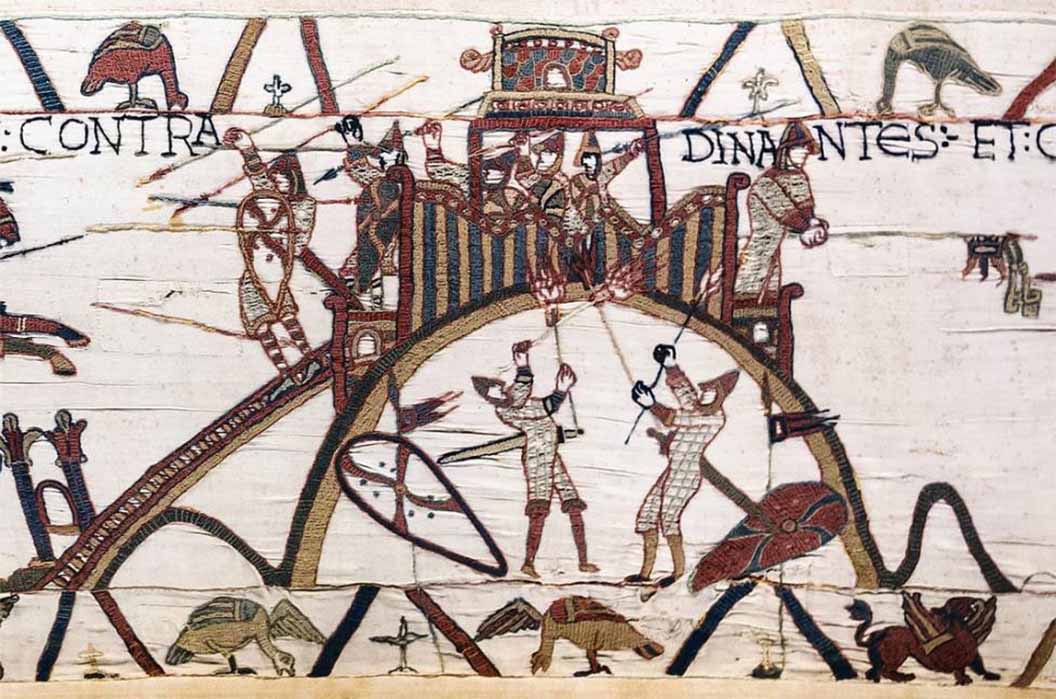
Fire and Sword: Thermal Weapons Set the Ancient World Ablaze
One only has to imagine what it would be like to witness cities devoured by flames, see fleets of ships sinking, their sails ablaze, or behold screaming victims doused in boiling pitch to begin to comprehend the deadly efficacy of ancient thermal weapons.
Warfare was brutal, but effective, in the ancient world, with the use of everything from the conventional arms of sword, bow, and spear, to the invisible but deadly poisons and biological weapons. But perhaps none were as instantly terrifying and widely destructive as thermal weaponry.
Early thermal weapons were used inventively in warfare during the classical and medieval periods (eighth century BC to mid-16th century AD) around the globe. These substances or devices used heat, whether from flame or burning action, to attack enemy armies, civilians, fortifications, and infrastructure. Fire was the easiest way of destroying land and people, and it could be done quickly and by small forces or raiding parties, making it a fundamental strategy in war. It was particularly useful in provoking fear and confusion among the enemy. Fire was also used in defense, as “scorched earth” tactics involved setting one’s own land and homes on fire and reducing them to ashes to deprive the enemy of valuable resources such as buildings, food, or treasure.
The most common and basic thermal weapons available to the ancient warriors were fire, wood, boiling water, hot sand, hot pitch (bitumen or resin), oil and animal fats, quicklime and sulfur, and even excrement. These items could be heated or ignited, launched with arrows, or poured or thrown from heights. The aim of the thermal weapons was not to cause explosions, but rather to inflict burns or collapse structures with a spreading fire.
Behold from your walls the lands laid waste with fire and sword, booty driven off, the houses set on fire in every direction and smoking.
-Titus Livius Patavinus (Livy), The History of Rome
Flaming Arrows

The Bayeux Tapestry contains one of the earliest representations of a castle. It depicts attackers of Château de Dinan in France using fire, one of the threats to wooden castles. (Public Domain)
The earliest form of thermal weapons were likely the simplest; burning sticks and lit torches. Piling pitch- or resin-coated wood against a building easily triggered an inferno. Flaming missiles, such as burning arrows, came next. So easy and successful were such tactics, that some armies created “fire troops;” for example, Muslim armies had fire archers called naffatin.
Sometimes this fire-raising could slip out of control, hampering plans or even causing fatal disaster for those who set them.
Boiling Oil
The image of beleaguered castle defenders emptying large vats of boiling oil down onto their attackers is a common one. And there is some truth to the popular belief in this practice - in 67 AD, for example, the Jewish defenders of Yodfat poured scalding oil onto their Roman besiegers, and it’s recorded as being used, alongside hot coals and quicklime, by the French against the English attackers at the siege of Orleans in 1428. However, it’s also worth remembering that oil and fat were valuable and may have been too scarce to be used in great quantities.





